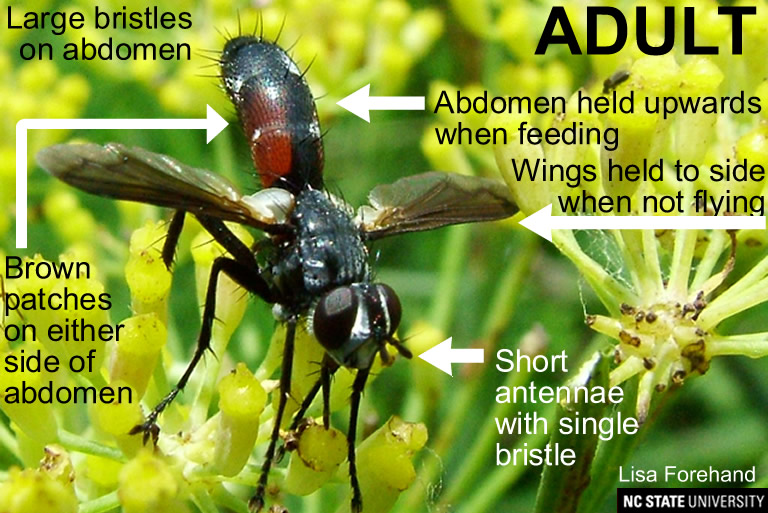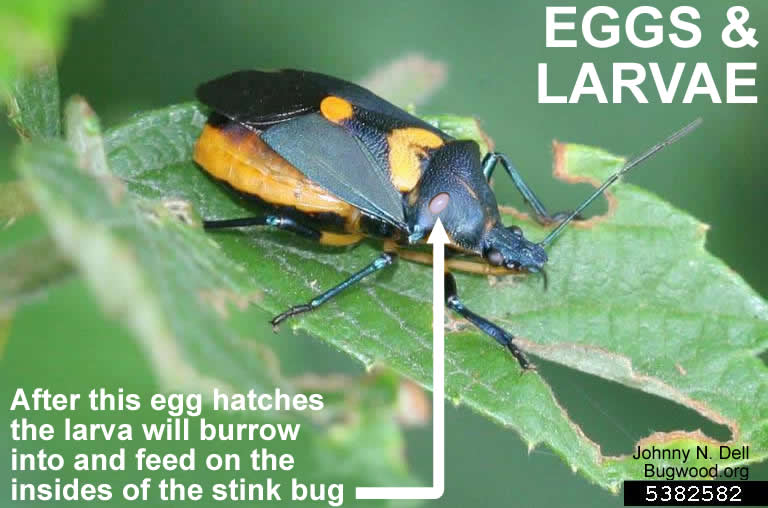Cylindromyia Fly
go.ncsu.edu/readext?563373
en Español / em Português
El inglés es el idioma de control de esta página. En la medida en que haya algún conflicto entre la traducción al inglés y la traducción, el inglés prevalece.
Al hacer clic en el enlace de traducción se activa un servicio de traducción gratuito para convertir la página al español. Al igual que con cualquier traducción por Internet, la conversión no es sensible al contexto y puede que no traduzca el texto en su significado original. NC State Extension no garantiza la exactitud del texto traducido. Por favor, tenga en cuenta que algunas aplicaciones y/o servicios pueden no funcionar como se espera cuando se traducen.
Português
Inglês é o idioma de controle desta página. Na medida que haja algum conflito entre o texto original em Inglês e a tradução, o Inglês prevalece.
Ao clicar no link de tradução, um serviço gratuito de tradução será ativado para converter a página para o Português. Como em qualquer tradução pela internet, a conversão não é sensivel ao contexto e pode não ocorrer a tradução para o significado orginal. O serviço de Extensão da Carolina do Norte (NC State Extension) não garante a exatidão do texto traduzido. Por favor, observe que algumas funções ou serviços podem não funcionar como esperado após a tradução.
English
English is the controlling language of this page. To the extent there is any conflict between the English text and the translation, English controls.
Clicking on the translation link activates a free translation service to convert the page to Spanish. As with any Internet translation, the conversion is not context-sensitive and may not translate the text to its original meaning. NC State Extension does not guarantee the accuracy of the translated text. Please note that some applications and/or services may not function as expected when translated.
Collapse ▲- Common Name: Cylindromyia Fly
- General Category: Parasitoid
- Taxonomic Classification: Diptera:Tachinidae
- Scientific Name: Cylindromyia fumipennis
Description
Most tachinid flies are beneficial and attack pest insects. However, this one is parasitic on several predatory stink bugs, including the spined soldier bug, Podisus maculiventris, the anchor bug, Stiretrus anchorago, and Euthyrhynchus floridanus. Because of this, it may not be beneficial, but rather may interfere with the natural control provided by these predators. Adults are most easily seen when feeding on nectar-producing flowering plants. Like other tachinids, female flies will lay their oval-shaped white eggs on the exterior of their host. In a few days the eggs hatch and larvae burrow into the bugs to feed on their insides.


Identification
Review the images for tips on how to identify these predators.
Adults
This fly has the large abdominal bristles, and short antennae that are typical of most tachinds. Aside from the brown patches on either side of a thin black abdomen, it has behavioral characteristics that make it easily identifiable in the field. When feeding on flowers, it holds its wings out to either side, and it’s abdomen upwards.
Larvae
Because the grub-like larvae are internal parasites of stink bugs, they are not normally seen unless a host is dissected or a larva happens to finish development and emerge from a bug while being observed. However, the eggs can often be seen on the exoskeleton of the host.
Value in Pest Management
Because these flies parasitize several predatory stink bugs, they may be detrimental to pest management if in high numbers.
Origin and Distribution
Native in the United States.


